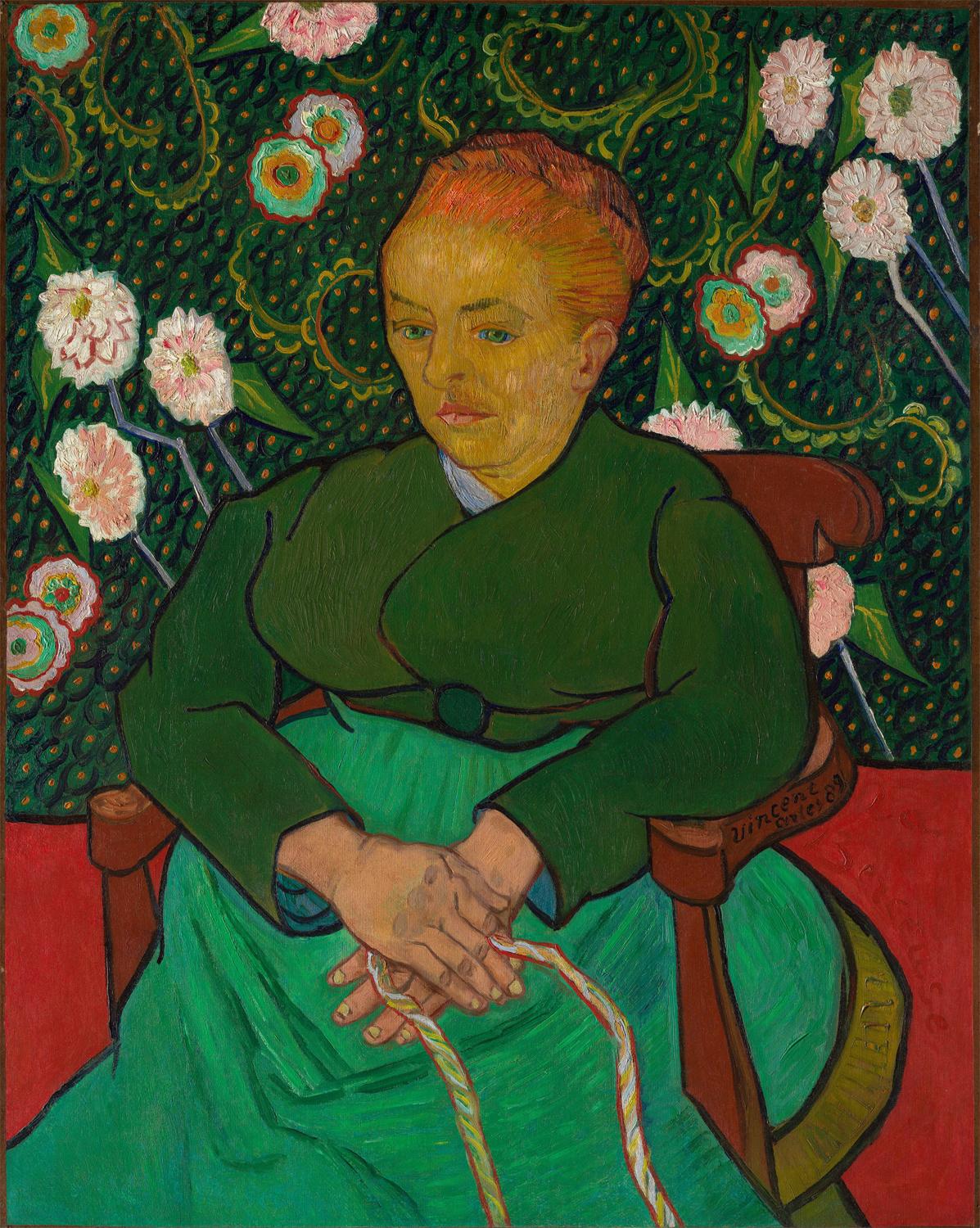The effect of pigments and dyes on our lives and history
This story begins in 1775, with a German chemist and his experiments with arsenic. The resulting powerful green reached its height of popularity when worn by "Queen of Fashion", Empress Eugénie. It was printed on wallpaper by Morris & Co. and was a favourite of plein-air artists, such as Monet, Cézanne and Vincent van Gogh, keen to capture the freshness of nature. But a century later, it was rebranded as rat-poison.
In 1856 a chemistry student took home a school project to make synthetic quinine. He failed his home-work, but accidentally invented a vibrant purple dye. Queen Victoria and Empress Eugénie wore dresses in the season’s must-have shade. Punch dubbed the craze: “the mauve measles”!
Scheele’s Green and Perkins’ Mauveine were forerunners of hundreds of synthetic dyes and pigments. You will hear fascinating stories – of serendipitous discoveries, industrial enterprise, and some very sinister secrets.
Image: Vincent van Gogh (1853–1890), La Berceuse (Woman Rocking a Cradle), 1889, oil on canvas, 92.7 x 73.7, The Metropolitan Museum of Art, New York
THE ARTS SOCIETY ACCREDITED LECTURER

Mrs Lynne Gibson
Now working as a freelance lecturer in the History of Art, Lynne originally trained as a fine artist and has taught painting, drawing and printmaking in higher and adult education. She lectured as an art historian for the universities of Sussex and Bristol where she introduced 'Understanding Art' to the Lifelong Learning programme and residential summer schools. Gives talks, lectures and guided tours to a wide range of organisations and institutions including ARCA colleges, the National Trust, National Gallery, art museums and art societies. She has worked as a professional artist specialising in oil painting and etching. Solo and group shows have included the RWA, British Museum and the Barbican.
All titles available as lectures or study days.
OTHER EVENTS
A history of tea and its influence on silver, ceramics legends and houses!
Everything Baroque: Royals, properties, interiors and gardens and the role of women in Baroque Art





